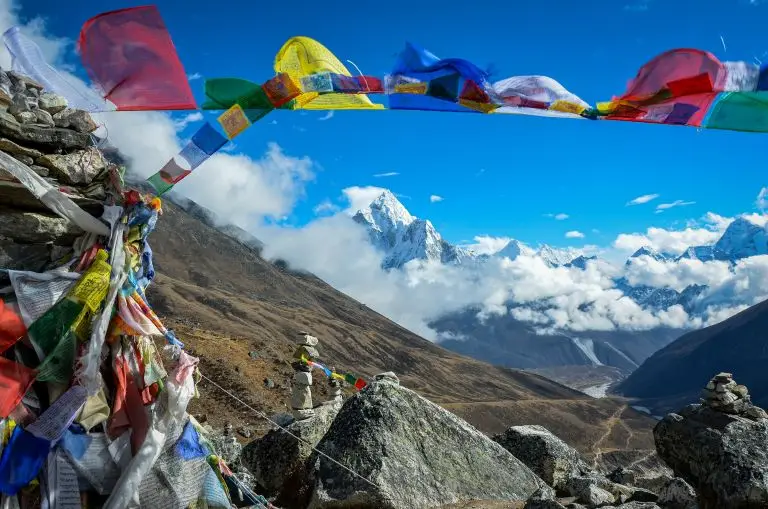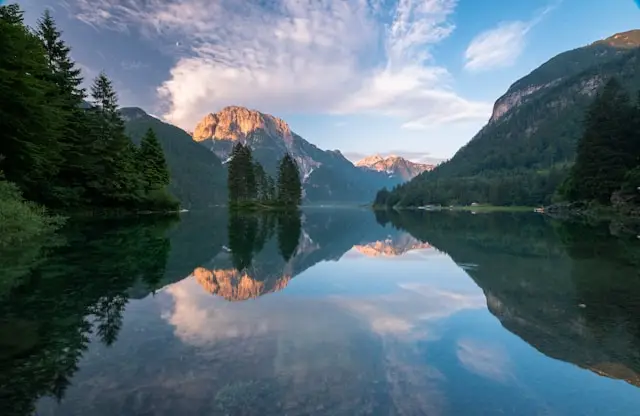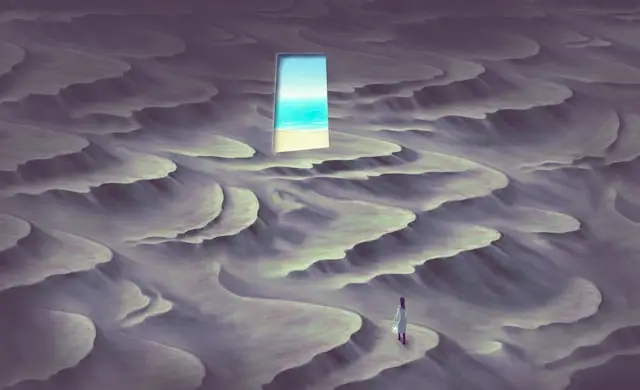How Ancient Yogis Used Breath to Access Higher States of Consciousness
When most people think of yoga, they imagine postures, stretches, or perhaps a peaceful hour on the mat. But for the ancient yogis, the real power of yoga was not found in movement alone. It was in the breath.
Long before yoga became a global wellness trend, sages in India discovered that controlling the breath could unlock profound changes in mind and body, even opening doorways to higher states of consciousness. Today, modern science is only beginning to confirm what these yogis knew thousands of years ago: your breath is more than just oxygen—it is a bridge between the physical and the spiritual.
Accessing higher awareness
So how did the ancient yogis use breath to access higher awareness? To understand this, we need to look at their philosophy, practices, and the experiences they described in the sacred texts. The first thing to know is that breath was not simply seen as air. It was seen as prana, a Sanskrit word meaning “life force”. Yogis believed that prana flows through subtle channels (nadis) in the body, and by mastering the flow of breath, they could influence energy, mind, and consciousness itself.
This wasn’t about simple breathing exercises to relax. It was about learning to harness the very currents of life that run through us all.
Pranayama
One of the central practices for this was pranayama, often translated as “breath control” but more accurately meaning “extension of the life force”. Techniques such as alternate nostril breathing (nadi shodhana), breath retention (kumbhaka), and cooling breaths (sitali and sitkari) were not just tools for health but doorways into altered states of awareness. By slowing, deepening, or holding the breath, yogis shifted their nervous systems into states of stillness where ordinary mental chatter faded.
In this quiet, they reported entering meditative absorption—known as dhyana and samadhi—where the mind becomes spacious, timeless, and clear.
Breath Retention
One fascinating aspect is how breath retention was used as a gateway. Ancient texts such as the Hatha Yoga Pradipika describe kumbhaka as a practice that “stills the fluctuations of the mind”. Modern neuroscience now shows that holding the breath can increase carbon dioxide levels, which in turn stimulates a relaxation response and can even shift brainwave activity towards meditative states.
The yogis didn’t need scientific validation; they experienced it directly. For them, the breath was the key to silence, and silence was the path to union with the divine.
Chakra Energy Centres
Another layer is the connection between breath and the chakras, the energy centres described in yogic philosophy. Breath practices were used to awaken energy in the base of the spine and guide it upwards through the central channel (sushumna nadi). This process, often referred to as kundalini awakening, was said to expand consciousness beyond the personal self and into the cosmic.
Stories of yogis entering deep trances, perceiving inner light, and feeling boundless joy all stemmed from this union of breath, energy, and awareness. Whether we view chakras as literal or symbolic, the underlying truth remains: the way we breathe changes the way we feel, and the way we feel changes the way we experience consciousness.
Begin your sacred inner journey: Get your free 7-Day Sacred Stillness Challenge and start today
Ancient Breath Practices Today
So what can we learn from these ancient breath practices today? The first lesson is that breath is a tool for transformation, not just relaxation. In our fast-paced world, we tend to use breathing exercises as stress management techniques—and they are brilliant for that—but their potential is far greater. When we breathe with awareness, we tap into a lineage of wisdom that stretches back thousands of years.
The second lesson is patience. Ancient yogis didn’t expect instant results. They approached pranayama with discipline, often under the guidance of teachers. They treated the breath as sacred, knowing that each inhale and exhale carried them closer to truth.
Of course, you don’t have to retreat to a Himalayan cave to experience the benefits. Even a few minutes of conscious breathing each day can bring glimpses of the higher awareness described by the yogis. For example, try sitting quietly and practising alternate nostril breathing for five minutes. Notice how your mind shifts from busy to calm, how your body softens, and how your awareness naturally turns inward. This is just a taste of what the yogis cultivated over a lifetime.
Modern Breathwork Movements
It’s also worth noting that modern breathwork movements, from Wim Hof to holotropic breathing, owe much to these ancient traditions. While the techniques vary, the principle remains the same: by altering the breath, we alter consciousness. Science now shows that conscious breathing influences heart rate variability, brain activity, and emotional regulation—all of which align beautifully with the yogis’ claim that breath is a gateway to expanded awareness.
So when we talk about accessing higher states of consciousness, it isn’t something mystical or reserved for saints. It’s available to each of us, right now, in this very breath. The next time you feel scattered, anxious, or disconnected, pause and breathe deeply. Feel the inhale fill your chest, feel the exhale soften your body, and remember: you are following in the footsteps of countless yogis who discovered that the breath is the doorway to the sacred.
Final Thoughts
In the end, the wisdom of the ancient yogis is both profound and simple. They understood that consciousness is not something we create but something we reveal. The breath clears the dust from the window of the mind, allowing the light of awareness to shine through.
Whether you call it meditation, mindfulness, or prayer, the breath is the universal key. And as you explore your own practice, you might just discover what they knew all along: that the higher states of consciousness are not somewhere far away but are right here, waiting within each inhale and exhale.
Bonus Resources
Why not treat yourself to a Meditation Retreat in the beautiful Devon Countryside?
This post may also interest you: Ancient Wisdom for Modern Times: Christian Desert Fathers
Best Wishes,
David.
© D. R. Durham, All rights reserved, 2025.




